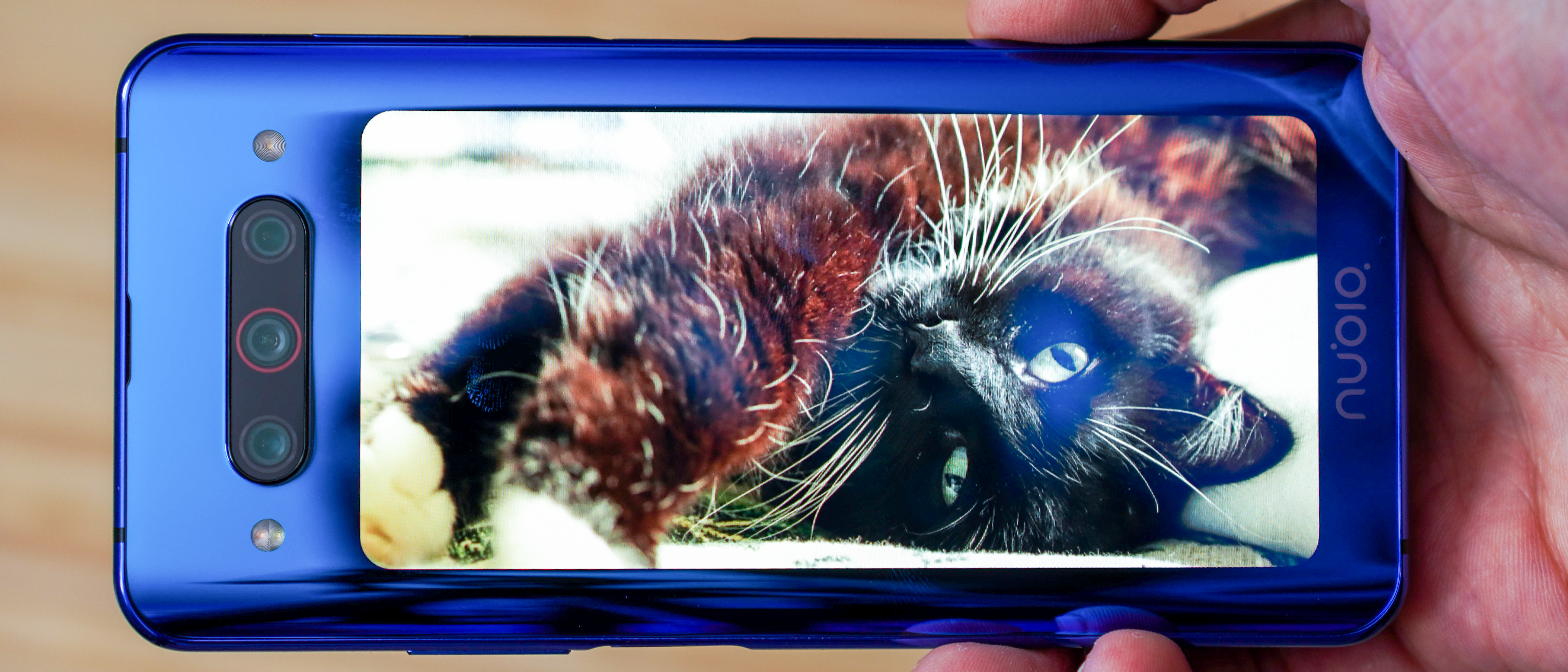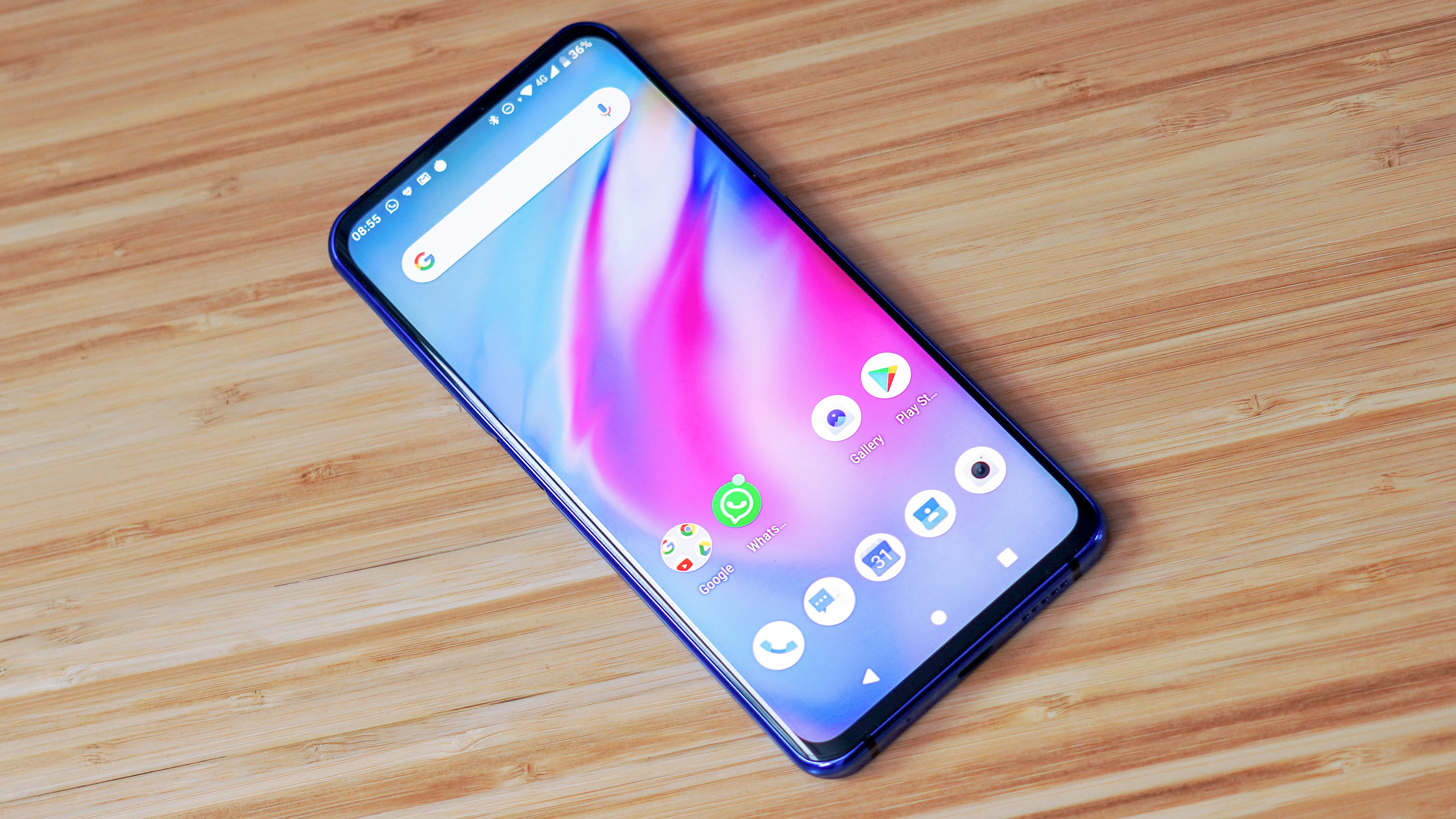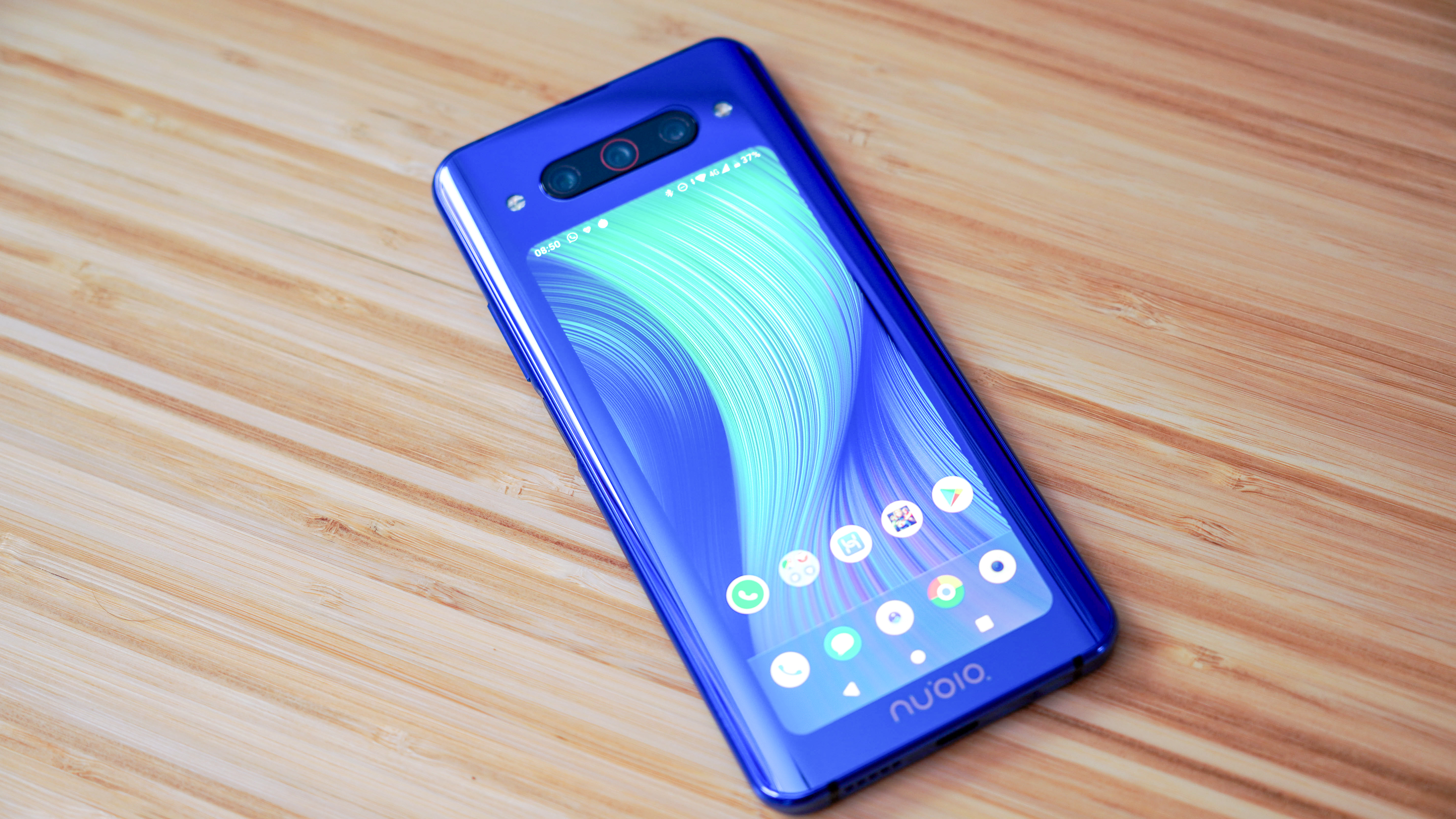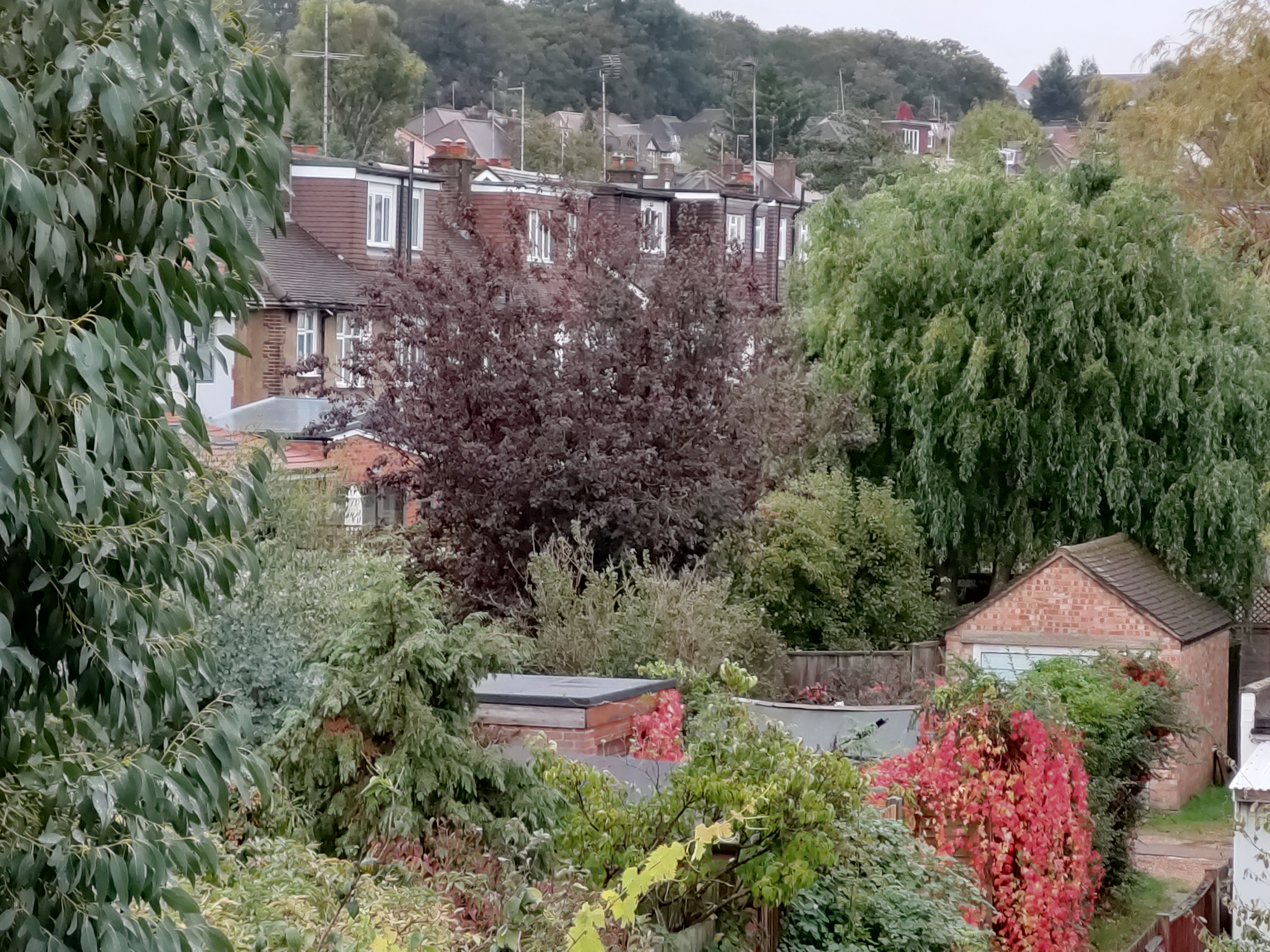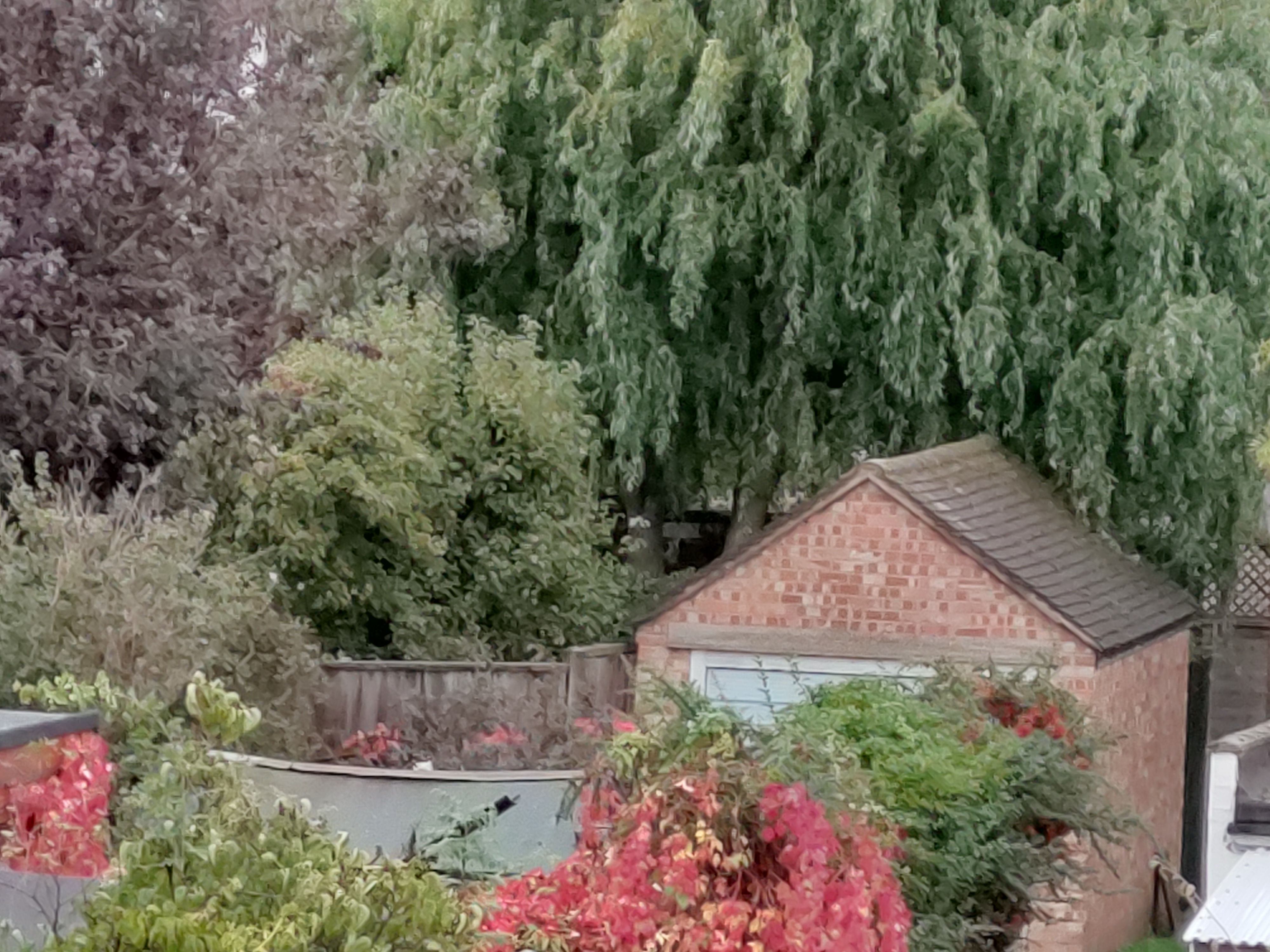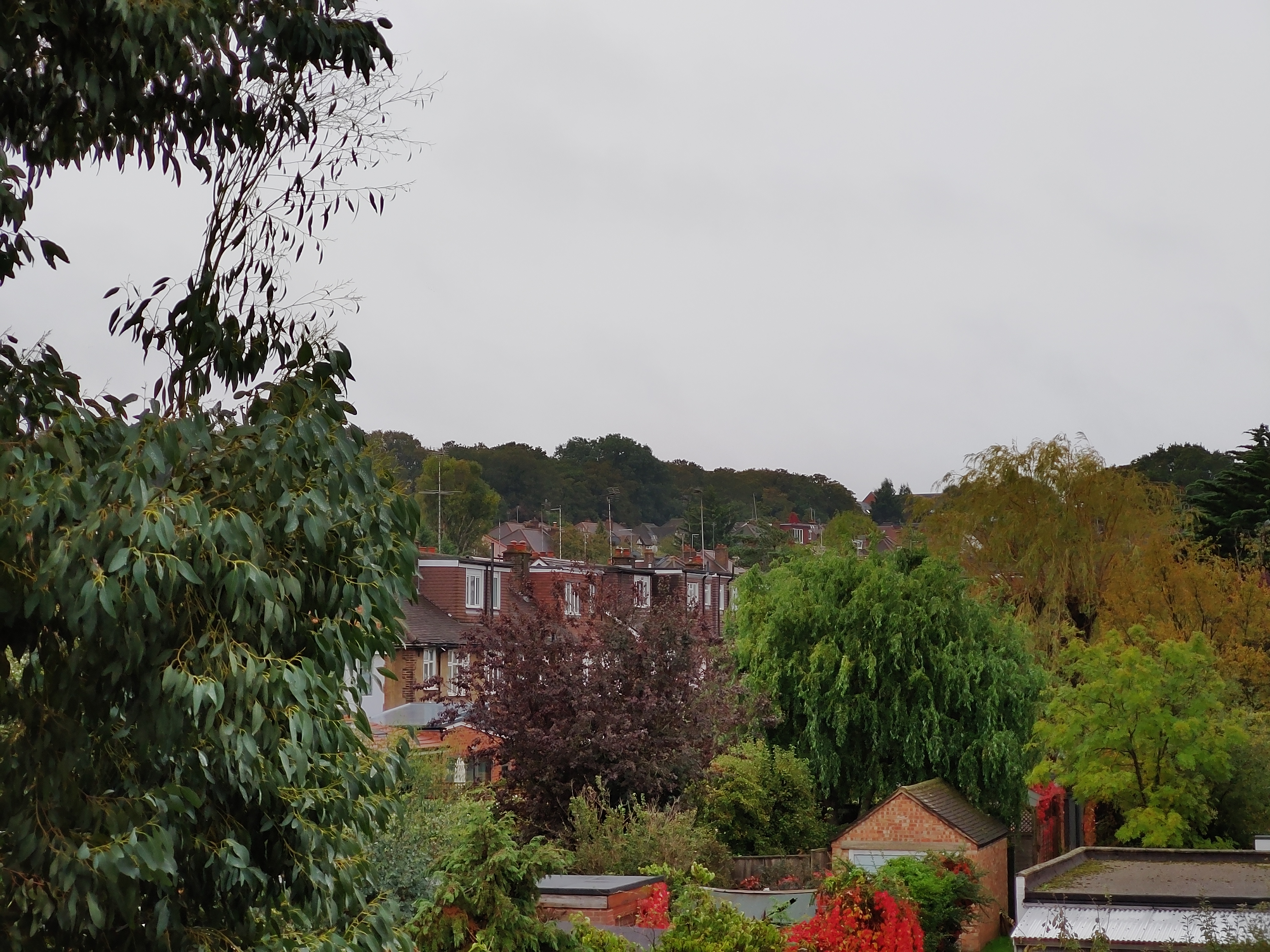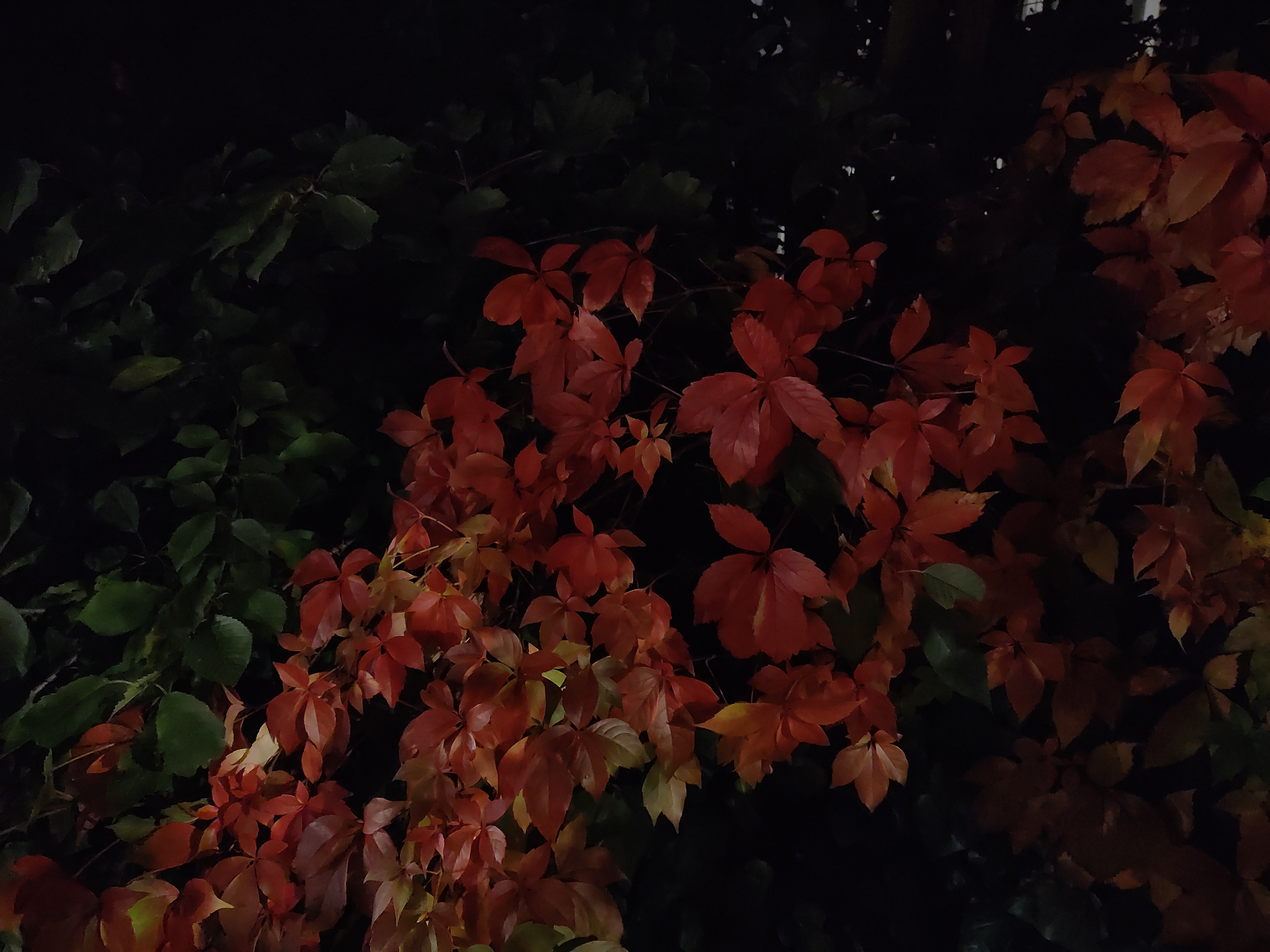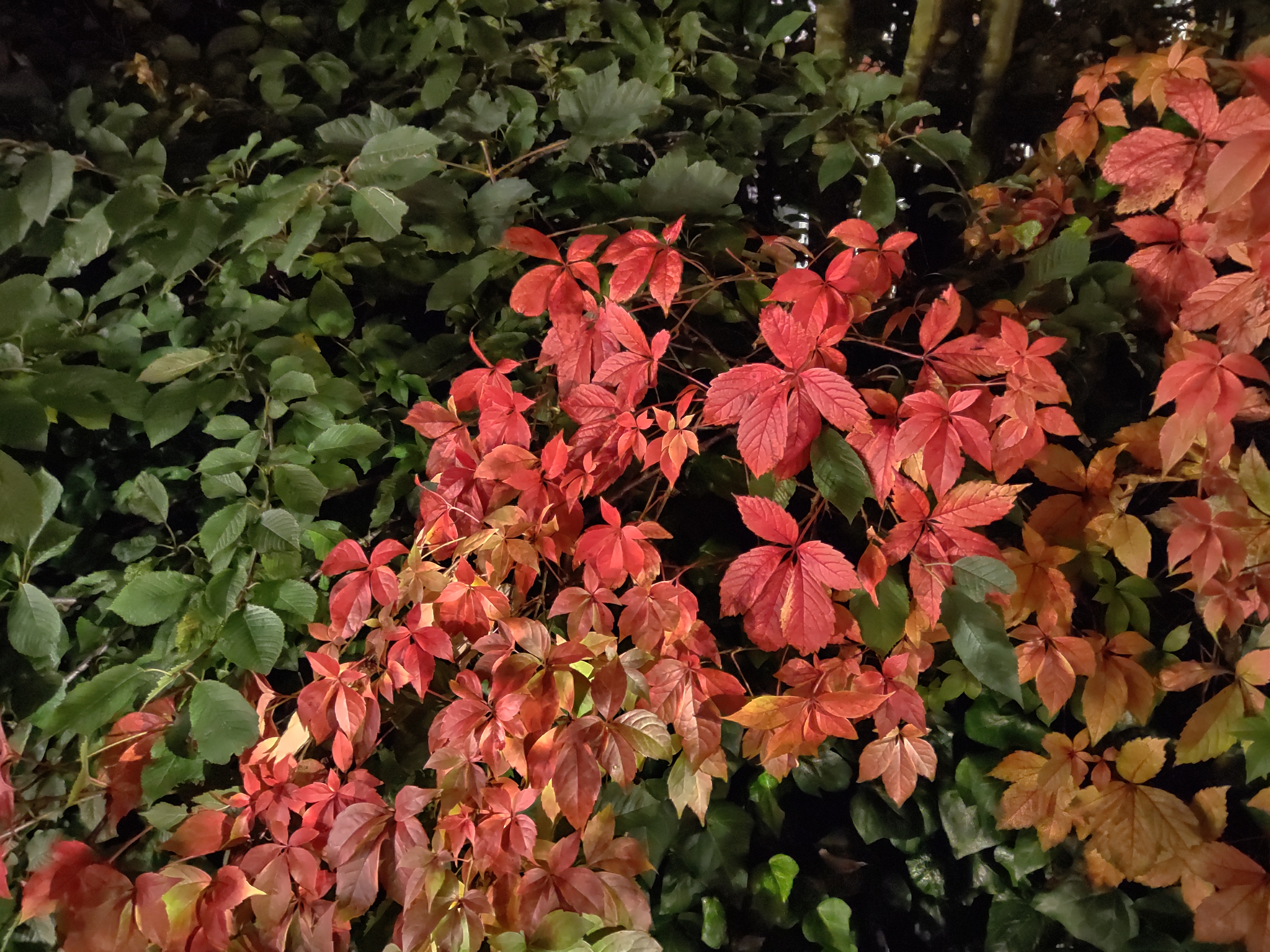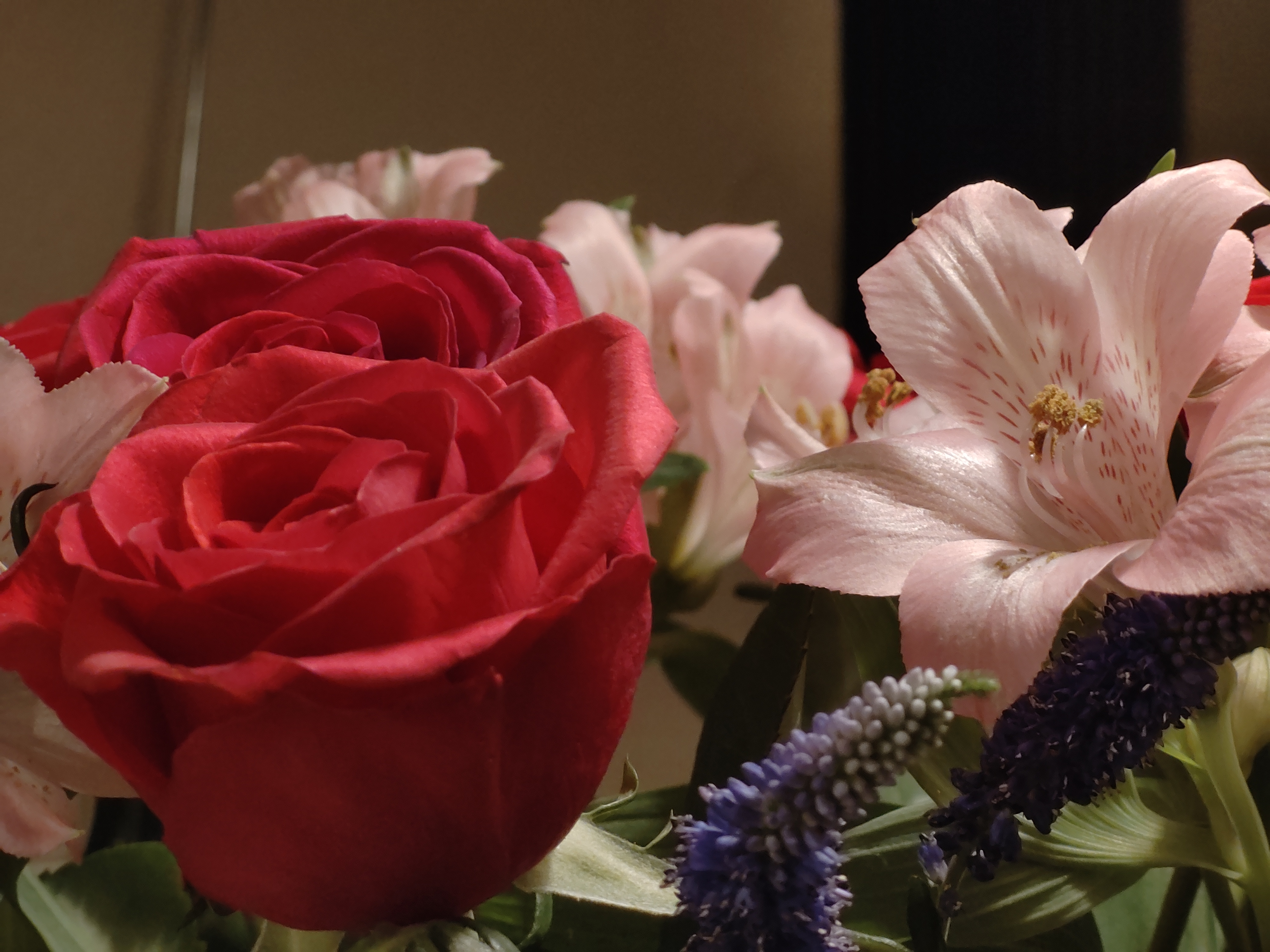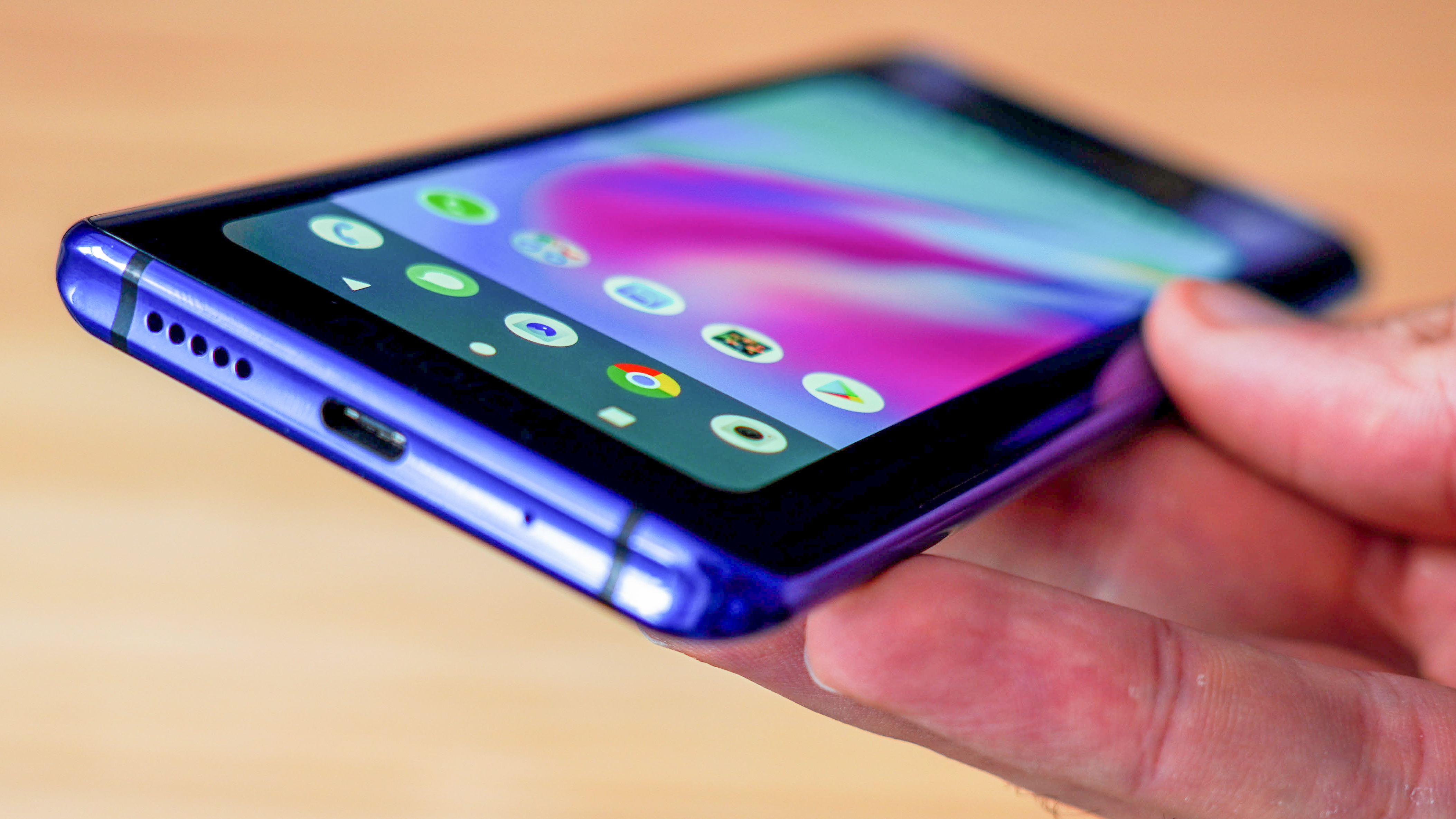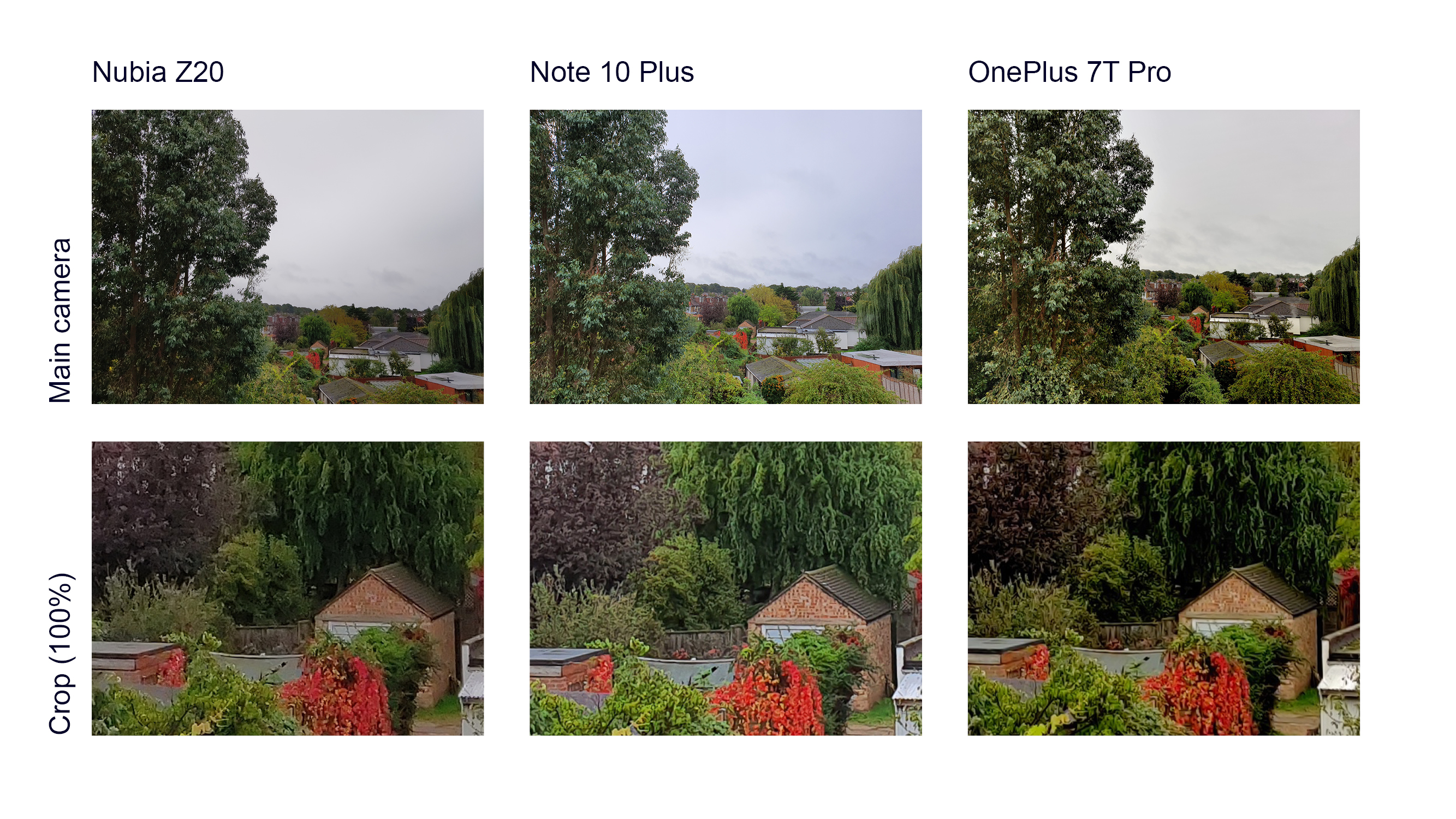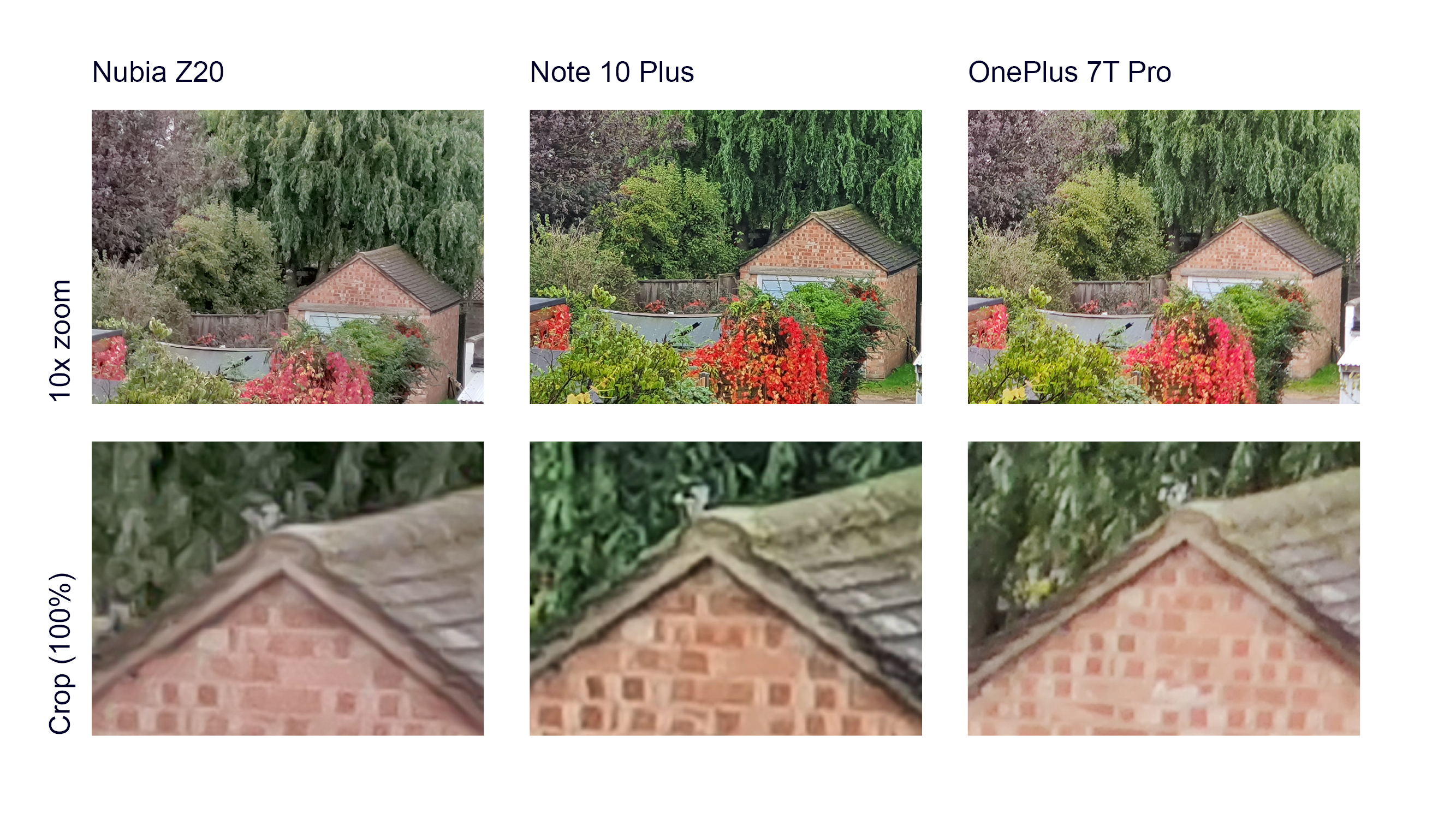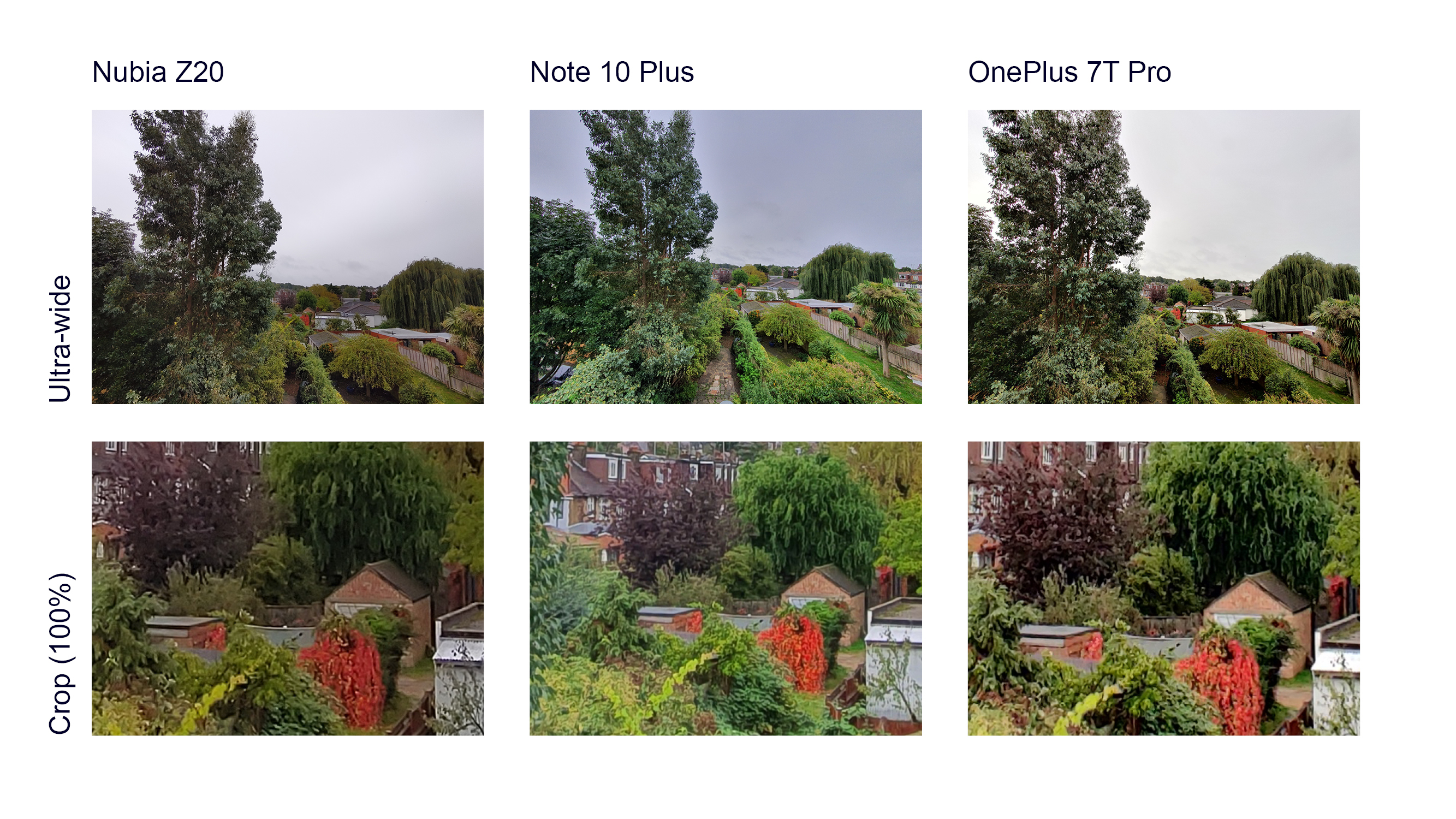Digital Camera World Verdict
Incredible specs for the price and a second screen around the back make up for some unpolished UI elements and ergonomic issues holding the Nubia Z20 back from perfection. With a versatile triple-camera system and the ability to capture excellent selfies though, for a certain type of user, the Nubia Z20’s bold, innovative design and excellent feature-set will make it a fantastic gadget for the price.
Pros
- +
Innovative rear display
- +
Premium design
- +
Versatile camera system
Cons
- -
No headphone jack
- -
Fingerprint magnet
- -
UI niggles hold it back
Why you can trust Digital Camera World
The ZTE Nubia Z20 is one of the most interesting phones of the year with its dual-screens and low price. ZTE overcomes the need for notches, punch holes and pop-up cameras by putting a 5.1-inch screen on the back of its latest flagship. Adopting a similar philosophy to selfies as Asus and its Zenfone 6, the ZTE Nubia Z20 uses the primary camera as the selfie camera.
On paper though, the Nubia Z20 edges ahead with optical image stabilization and optical zoom as part of its camera trinity. Additionally, its £499 price impresses, undercutting the OnePlus 7T by £50 despite it packing the same CPU, RAM and storage - a Snapdragon 855 Plus processor combined with 8GB RAM and 128GB storage.
To look at, you’d be forgiven for thinking the Z20 was a OnePlus 7 Pro from the front, thanks to the all-screen fascia, curved AMOLED display and blue trimmings. It also packs exactly the same camera sensor, an ultra-wide camera, as well as a OnePlus 7 Pro-esque 3x zoom too. The similarities don’t end there; just like the 7T-series, the Nubia Z20 can also focus as close as 2.5cm away from a subject for class-leading macro performance.
After almost a month with the phone though, has ZTE done enough to break into the affordable flagship space, already saturated with phones from Honor, Motorola, OnePlus and Xiaomi?
ZTE Nubia Z20: camera specifications
The ZTE Nubia Z20’s triple camera features a primary 48MP half-inch sensor with 0.8µm pixels and a wide f/1.7 lens. There’s also an 8MP telephoto camera, with 1µm pixels and a 2.87x zoom f/2.4 lens, which we’ll round up to 3x in this review. Finally, there’s an ultra-wide 122.2° 16MP module with an f/2.2 aperture. Only the primary camera features optical image stabilization.
Photos are captured at 12MP by default, however, as with most phones featuring the IMX586 CMOS sensor from Sony, the Nubia Z20 can capture 48MP images too, though at the expense of some dynamic range and noise-handling.
The Nubia Z20 has a different array of modes depending on whether you’re taking selfies or not, despite the fact that the phone uses the same camera across both. When taking selfies, Night Mode, 4K video and telephoto capture are the most notable omissions.
The best camera deals, reviews, product advice, and unmissable photography news, direct to your inbox!
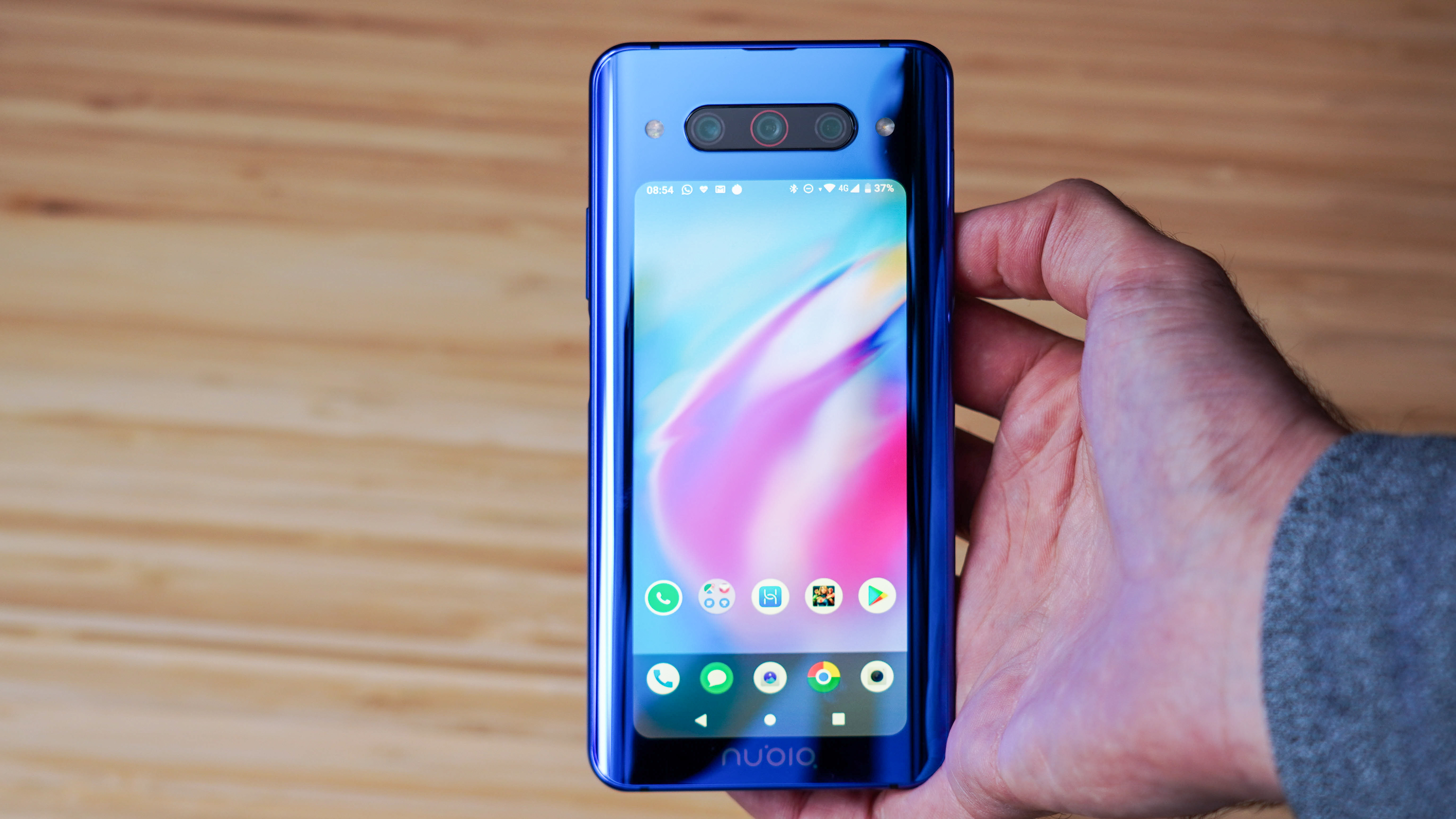
Traditional rear-camera photo-taking opens you up to the widest range of modes, including Pro Mode, with a maximum 1-minute shutter-speed and ISO of 12,800, though no RAW capture. There are also Night and Portrait modes, as well as a strange group of additional options called Camera-Family, consisting of multi-exposure, light-painting, electronic aperture and clone.
Video is shot at a maximum resolution of 8K (yes, 8K), though this is a Beta feature. 4K capture is shot at up to 60fps, and slow-motion is captured at up to 1920fps (also a Beta feature).
ZTE Nubia Z20: Image quality
Still images shot on the Nubia Z20 generally have a flatter color-profile than most of the competition, unless you’re taking pictures of flowers. It definitely isn’t the best camera phone around, however, for the price it’s very impressive – making it a contender as the best budget camera phone.
In automatic mode, the main camera captures softer shots than phones like the OnePlus 7T Pro and the Samsung Galaxy Note 10 Plus, but also delivers a more natural look, with lower contrast, saturation and sharpening, which may please some. There’s still more than enough detail to crop into images, and dynamic range is fair.
The Nubia Z20 captures shots very quickly, locking onto subjects accurately, for the most part, and exposing the image for the focus point if you tap the screen. If you don’t, then average metering is active by default.
Auto-HDR is accounted for, evening out backlit subjects and preventing blown out skies. While dynamic range can’t stand up to the iPhone 11 Pro, it does a good job given the fact the Z20 costs less than half the Phone’s price.
Like the Google Pixel 3A, the ZTE Nubia Z20 has a night mode, which improves image quality significantly in low light, and helps boost dynamic range across lighting conditions. In the dead of night, the Z20 is miles behind the Huawei Mate 30 Pro, which is the current lowlight camera champion. That said, it’s about on-par with the OnePlus 7T and its Night Scape mode.
Unlike the 7T-series, though, the Nubia Z20’s night mode only works with the primary camera, so you won’t be able to grab ultra-wide low-light photos unless you opt for a manual long-exposure and get it on a tripod.
The Super Microspur mode is virtually identical to the Super Macro mode of the OnePlus 7Ts and gets you as close as 2.5cm from a subject. This works incredibly well across lighting conditions, getting you shots you just can’t capture on most phones.
The ultra-wide camera’s lens distortion is corrected for by default, though when switched off, there’s fairly uniform barreling, with a pinched effect in the corners of the image.
Detail from the ultra-wide camera is fair, and the Nubia Z20 is consistent with its lower contrast/saturation color-profile across zoom ranges. At 122.2 degrees, while wide, the ultra-wide camera doesn’t get quite as wide as the Xiaomi Mi 9T Pro (117 degrees),
Onto videos, and the Z20 records 4K footage at up to 60fps with image stabilisation fired up. Footage captured on it isn’t as well held together as that of higher-end rivals, but detail is fair, noise-handling competitive and frame rates were relatively consistent, though focus did have a tendency to jump a bit when capturing darker objects or scenes.
When shooting video, unfortunately, the Z20 doesn’t engage the telephoto or ultra-wide cameras, so it can’t stack up to most flagships from Huawei and Samsung in that regard. As for 8K capture, avoid it; noise generated even in good light is problematic, but worse still is the juddery frame rate, rendering it unusable.
Slow-motion footage is captured in short bursts at either 480fps or 1920fps, and we were impressed with the latter, especially given the fact it’s a Beta feature. You can see the sample taken indoors below:
Above: Watch the slow motion video, shot at 1920fps
As for selfies, as they’re shot on the main camera, they’re totally usable across lighting conditions. The Nubia Z20 features a separate selfie-flash, which provides a fill-light rather than a full-beam, and portrait mode selfies work fantastically, creating excellent foreground/background separation.
ZTE Nubia Z20: battery, OS and connections
The ZTE Nubia Z20 runs Android 9 and is loaded up with ZTE’s light UI over the top. It looks clean and stock, though features enhancements for gamers, as well as a few theming options.
Occasionally, apps in the background force closed in our time with the phone, and we encountered elements within the UI that weren’t translated at all, or just didn’t read well. This was a rarity but did prevent the phone from feeling as polished as established competition.
That said, app support is brilliant, with the phone having access to the Google Play Store. Running with a Snapdragon 855+ chipset, the Nubia Z20 is also about as powerful as an Android phone gets today. Combined with 8GB RAM and 128GB storage, there’s plenty of onboard space for your photos and 4K videos. though there’s no microSD card slot present, just a dual-SIM slot, so this capacity isn’t expandable.
The phone’s two screens are the highlight feature here though, and while they’re exceptionally handy for selfies, they also have other uses. The second, smaller screen around the back has advanced blue light filtering eye-protection which is excellent to see. Additionally, you can set the rear screen to act as a second space, independent of the main screen, so you can set up work apps to run on your main screen and personal apps on your second screen, or vice-versa. The rear display also uses less battery, about 3/5 of what the primary display consumes when Eye Care is activated.
That said, the rear screen doesn’t get as bright as the main display, capping out at 330 nits, which makes it difficult to view outdoors. The phone knows which screen to fire up based on which side is facing up, which works when you aren’t lying down, however, when you are, you have to manually flip the phone after unlocking it.
Our review device also had issues with identifying callers, so half our incoming calls displayed ‘Unknown’ even if they were from contacts - this was the most annoying issue we faced, though hopefully, won’t affect final retail units.
There’s no under-display fingerprint scanner onboard the Nubia Z20, though there are two side-mounted scanners, one on each side. That means, whichever way you unlock the Z20, there will be one in an ergonomic position for your thumb to rest against. Additionally, unlocking was fast and accurate.
The Nubia Z20 also has a 4,000mAh battery, and it makes it through a full day without any trouble. Meanwhile, with Quick Charge 4.0+ fast charging, the phone can go from 0-50% in 30 minutes, and charges up fully in under 80 minutes.
ZTE Nubia Z20 vs Samsung Galaxy Note 10+ vs OnePlus 7T Pro
ZTE Nubia Z20: verdict
There’s nothing else like the Nubia Z20 on the market. Its two screens are handy, with selfie-taking and battery-saving benefits, and the phone looks great, even if it is a fingerprint magnet.
Offering excellent value, ample power, a respectable stills and video camera and great set of displays, not to mention that novel quirky-factor, while ZTE may not have a perfect phone on its hands, it has innovated, dared to be different and succeeded in most areas.
Camera phone buying guides
The best camera phone in 2019
Best budget camera phone
Best iPhone camera for photography
Best 5G phone for photographers
Mobile phone accessory guides
• The best lenses for iPhone and Android phones
• Best selfie sticks for your smartphone
• The best iPhone tripods
• The best gimbals for your iPhone, GoPro and camera
• The best phone cases
Basil Kronfli is a freelance technology journalist, consultant, and content creator. He trained in graphic design and started his career at Canon Europe before moving into journalism. Basil is also experienced in video production, independently running the YouTube channel TechEdit, and during his time at Future, he worked alongside the Digital Camera World team as a senior video producer.
